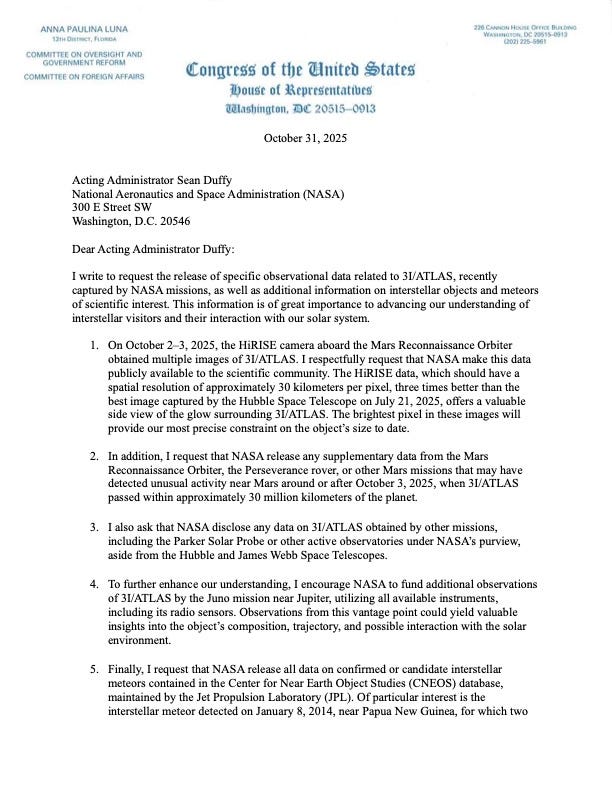In the vast theater of cosmic discovery, few figures stir as much discussion as Harvard astronomer Avi Loeb. Known for his provocative theories concerning interstellar objects, Loeb is once again making waves, this time by directly challenging NASA to share critical data regarding 3I/ATLAS. This isn’t just a request for information; it’s a continuation of a scientific saga that began with ‘Oumuamua, pushing the boundaries of conventional thinking and advocating for radical transparency in space exploration.
The Echo of ‘Oumuamua: Why 3I/ATLAS Matters
For those familiar with Loeb’s work, the mention of an interstellar object immediately conjures images of ‘Oumuamua, the cigar-shaped visitor that defied easy categorization. Loeb famously posited it could be extraterrestrial technology, a theory that, while largely dismissed by the mainstream, ignited a passionate debate about how we approach anomalies. Now, 3I/ATLAS, a newly identified interstellar comet, presents a fresh canvas for such scrutiny.
While 3I/ATLAS is currently understood to be a cometary body, its very origin from beyond our solar system makes it intrinsically fascinating. Every interstellar object offers a fleeting glimpse into the composition and processes of other star systems. But for Loeb, these objects carry a deeper potential. His request for comprehensive observational data from NASA’s vast array of instruments isn’t merely about refining cometary models; it’s about ensuring that every unusual characteristic, no matter how subtle, is scrutinized with an open mind, free from preconceived terrestrial biases. He believes that only by meticulously examining all available information can we truly ascertain the nature of these cosmic travelers.
Loeb’s Unyielding Pursuit of the Unconventional
Avi Loeb is not afraid to stand apart. His methodology, often described as “scientific detective work,” centers on the principle that extraordinary claims require extraordinary evidence, but also that extraordinary phenomena might demand extraordinary interpretations. His plea to NASA underscores a fundamental aspect of scientific progress: the importance of independent analysis and verification.
Sharing raw data allows the broader scientific community to apply diverse analytical techniques, potentially uncovering patterns or anomalies that might be overlooked in initial assessments. It democratizes discovery, fostering a more inclusive and rigorous investigative process. “Loeb might ruffle some feathers,” remarked a colleague recently, “but he certainly keeps us thinking outside the cosmic box. His insistence on data transparency is a healthy challenge to the status quo, reminding us that science thrives on open inquiry.” This isn’t about distrust; it’s about maximizing the collective intellectual power dedicated to understanding the universe.
The Call for Transparency and Collaboration
Loeb’s request goes beyond mere academic curiosity; it’s a significant statement about the future of interstellar object research. As technology advances, we are likely to discover more such visitors. Establishing clear protocols for data sharing now could set a precedent for how we collectively investigate these celestial enigmas. Full access to spectroscopic, photometric, and astrometric data could unlock insights into 3I/ATLAS’s composition, trajectory, and any other anomalous behaviors, providing crucial context for future discoveries.
Ultimately, Loeb’s ongoing advocacy pushes us to consider what we might be missing when we stick solely to conventional explanations. Whether 3I/ATLAS proves to be a straightforward comet or harbors some unforeseen peculiarity, the call for open data ensures that no stone is left unturned in our relentless quest to comprehend the vast, mysterious expanse of space.




